Introduction
Were you aware that falafel is not only a well-liked Middle Eastern food sold on many street corners, but the demand for this savoury treat is so widespread that it’s almost a global phenomenon? You could quickly call these a blessing to your tastebuds; more than that, they are a cross-cultural taste sensation that’s beloved by all. Whether you consider yourself a lover of Middle Eastern food or love trying new things daily, getting the knowledge to create your falafel at home is a culinary adventure everyone should undertake.
https://valuablerecipe.com/top-delicious-filipino-dishes-2024/
Falafel from the Middle East, an irresistible blend of herbs, spices, and chickpeas, boasts a lineage that dates back centuries. Historians have traced a rudimentary version of the dish to Egypt during the pharaohs’ time. The concept began as a somewhat forcemeat of ground, soaked fava beans—one of which, Clot Bey tells no particular or strike at all, save for their thickness, as in the best Middle Eastern Food.
Despite its Middle Eastern origin, falafel has transcended borders to become a global favourite. From street stalls to upscale, diverse restaurants, this veggie-friendly, densely flavoured, and simple-to-prepare option has won the hearts of food enthusiasts worldwide. Its popularity is a testament to Middle Eastern cuisine’s rich and diverse flavours.
Prepare to discover the methods of making the finest falafel from the convenience of your own home. Welcome the scents of brand-new herbs and shaken spices, the delightful crispy consistency, and the blast of flavors that will transport you to the downtown roads of the Middle East.
Main points to remember:
- Unearth the extensive history and cultural importance of Middle Eastern Food
- Discover the art of making a traditional recipe for Middle Eastern Food.
- Discover professional advice for creating flawless Middle Eastern Food.
- Comprehend the advantages of creating your Middle Eastern Food at home for well-being.
- Become fully engaged in the tastes of Middle Eastern cooking
The Falafel: A Delicious Journey Through History and Culture
Middle Eastern Food, an original food from the Middle East, offers more than just a yummy dish. It is a culturally charged tradition with a deep history. Discover the history and development of falafel, its role in Middle Eastern kitchens, and the world’s love of it in all its forms.
https://valuablerecipe.com/mouthwatering-lebanese-cuisine-dishes/
The beginning and development of Middle Eastern Food
Although the true beginnings of the Middle Eastern Food recipe are up for debate, it is often thought to have started in Egypt with fava beans. As time went on, chickpeas became the main ingredient in most places. Middle Eastern Food has been around for a long time, with some early versions mentioned in Egyptian and Mesopotamian history.
Falafel quickly gained favor across the Middle East as each country put its unique spin on the recipe. From Lebanon to Iraq, Jordan to Israel, the recipe became a typical street food that locals and travellers love. Now, it’s no surprise to find stands and restaurants in all corners of the region serving up piping-hot falafel.
The Middle Eastern Cuisine’s recipe for Falafel
Middle Eastern recipes can be devoured a la carte, as an integral part of a spread, or wedged between the halves of a pita. With its golden, crunchy exterior that cracks open to reveal a smooth, spicy filling, Falafel is a favorite among food enthusiasts.
Susan Issan in “Recipe for Falafel,” the quintessential Middle Eastern hot-out-of-the-oil fritter, has such a global following that its story, at this point, is as familiar a tale arc as Cinderella’s. The Cinderella part is essential enough: unprepossessing, made of humble and ordinary stuff, yet somehow so festive, beguiling, and just right. It wasn’t a fall from grace but rather a rise out of obscurity.
Ahmed, a lover of Middle Eastern cuisine, believes that one of the best ways to experience it is by eating recipes for Middle Eastern Food while enjoying good times with others.
Popularity Across the Globe and Adjustments
Middle Eastern food’s cultural importance goes beyond borders and is famous worldwide. Thanks to its fusion of different cuisines, it is now enjoyed by many people from other cultures. It’s often served today from Manhattan to London and Sydney to Mumbai.
While journeying through different continents, Middle Eastern Food transformed and adapted intriguingly. The original fava bean formula has persisted in some regions like Egypt and Sudan. Still, other countries, such as Israel, have made chickpeas the show’s star. Moreover, unique adaptations of falafel can be found in places like Greece and Turkey. Here, local flavors and ingredients have been incorporated into the Middle Eastern Food recipe, producing various mouth-watering Middle Eastern Food styles.
| Country | Adaptation |
| Greece | Revithokeftedes (chickpea falafel) served with tzatziki. |
| Turkey | Misir köftesi (corn falafel) made with cornmeal and spices. |
| Egypt | Ta’ameya is made from fava beans and served with tahini sauce. |
Valuable Food Recipe for a Delicious Meal: Making Traditional Middle Eastern Food

Ready to take a culinary adventure and enjoy the flavors of a time-honored Middle Eastern meal? Look no further than a recipe for making traditional Middle Eastern Food, which you need. This time-honored falafel dish uses traditional methods and ingredients handed down through the ages to ensure they don’t forget the taste.
This classic recipe for Middle Eastern Food will take you through the step-by-step process of making it at home. Take some time then to appreciate the essence of homemade falafel. Making a recipe for Middle Eastern Food at home has its charm since, with each bite, you enjoy scrumptiousness and a chunk of familial warmth. The nature of Middle Eastern Food unfolds into its specifics only when the ingredients are fresh, and the authentic method is tinkered with. This, then, is where you come to feel strongly about Middle Eastern cuisine.
Indeed, we will continue with the recipe. Start by collecting the ingredients listed below:
- 2 cups of chickpeas that have been dried
- 1 onion, chopped into pieces.
- 4 cloves of garlic
- 1/2 cup of chopped fresh parsley
- Chopped fresh cilantro, 1/4 cup
- 1 tsp of cumin, finely ground
- 1 teaspoon of crushed cilantro leaves
- 1/2 teaspoon of baking powder
- 1/4 teaspoon of cayenne pepper, if desired.
- Add salt and pepper according to your preference
It’s crucial to utilize dried chickpeas rather than canned ones for optimal texture and taste.
In a large bowl, place the dried chickpeas, add water until they are covered, and let them sit at room temperature for at least 12 hours. The next day, drain, rinse, and thoroughly pat them dry to remove excess moisture. This can take 10 minutes and ensure the perfect consistency for your Middle Eastern Food, with that crisp crust and moist, soft interior.
Add the soaked and dehydrated chickpeas, onion, garlic, parsley, cilantro, cumin, coriander, baking powder, cayenne (if desired), 1 tablespoon salt, and 1/2 teaspoon pepper. Pulse the processor until the mixture is combined and slightly coarse.
https://valuablerecipe.com/valuable-recipe-for-a-bowl-of-heaven/
The first step is to preheat a pan with vegetable oil over medium heat. Afterward, it would be best to shape the falafel mixture into small patties or balls. It is advisable to use about 2 tablespoons of the mix for each Middle Eastern dish. Then, carefully place the falafel in the hot oil and cook it until it turns golden brown and crispy.
After the Middle Eastern Food is cooked, please remove it from the oil and let it sit on a plate covered with a paper towel to drain any unnecessary oil. Once the oil is drained away, serve the falafel piping hot with a side of pita bread, some fresh and creamy tahini sauce, and your choice of a delicious Middle Eastern salad.
With your newfound proficiency in making traditional Middle Eastern Food, relish the honest taste of this Middle Eastern treat without having to brave the hustle and bustle of everyday life. Whether you make Middle Eastern Food the show’s star, an appetizer, or a nibble on the go, your loved ones will quickly realize this new version of Middle Eastern Food differs from the alternatives provided elsewhere.
https://valuablerecipe.com/lets-explore-german-food-recipes-rouladen/
Professional Advice on How to Make the Best Recipe for Middle Eastern Food
https://valuablerecipe.com/lets-explore-german-food-recipes-rouladen/

Achieving the perfect Middle Eastern Food requires careful attention to detail. Whether you are a practiced home cook or a newcomer, this advice from seasoned professionals will take your Middle Eastern Food to another level and ensure perfection.
Selecting the Appropriate Components
Great falafel always starts with great ingredients. As the first step, choose high-quality ingredients. Using fresh, uncooked chickpeas instead of canned ones will improve the texture and taste. Also, choosing fresh parsley and cilantro enhances the flavor. Tips such as ensuring fresh and high-quality cumin and coriander are vital for achieving the right taste.
One more essential aspect of making delicious Middle Eastern Food is baking soda. A pinch of it makes the falafel mixture puffy and light. But watch out not to put too much of it. It’s not throwing a pinch of soda; it’s adding it only by the pinch.
Comparison Of Frying And Baking As Cooking Methods
In its usual preparation, falafel is immersed in hot oil to develop its signature crisped exterior and succulent center. But owing to frying’s serious calorie issues and partly because frying is so fussy, baking falafel is an all-around better choice. It requires no more than a few puffs of oil for crispness and a turn in a hot oven for overall warmth.
Whether you fry or bake your Middle Eastern Food, you aim to attain a golden brown hue and a crispy exterior. The appropriate length of time and temperature during the cooking process are crucial.
Preserving the Genuine Taste Experience
It is pivotal to perform some additional tasks to preserve the genuine taste of your Middle Eastern Food. Initially, confirm that the chickpeas are appropriately dried and depleted to destroy excess moisture. This will prevent Middle Eastern Food from forming any variance in equilibrium.
https://valuablerecipe.com/best-foods-potato-salad-recipe/
Furthermore, it is essential to let the falafel mixture rest in the refrigerator for at least an hour before forming into shapes and cooking. As the mixture sits, the ingredients can marry, resulting in more bold Middle Eastern Food.
Finally, remember to season your Middle Eastern Food mixture liberally with salt. This will boost the flavor and draw out the tastes of the other ingredients.
By following the advice of culinary specialists, you will be taking your first steps in mastering the creation of the perfect Middle Eastern Food. When frying or baking, importance is attached to the proper selection and preparation of ingredients, strategic cooking practice, and various subtleties to provide you with an authentic and splendid Middle Eastern Food snack.
The Advantages of Crafting Your Own Middle Eastern Food
Crafting your Middle Eastern Food could be an inspired pick for those looking for nutritious and delectable meal alternatives. It is an exquisite exploration of Eastern flavors and art. It is packed with all the tantalizing vitamins and nutrients you could wish for—quite the perfect addition to any personal dietary program!
The Nutritional Makeup of Middle Eastern Food
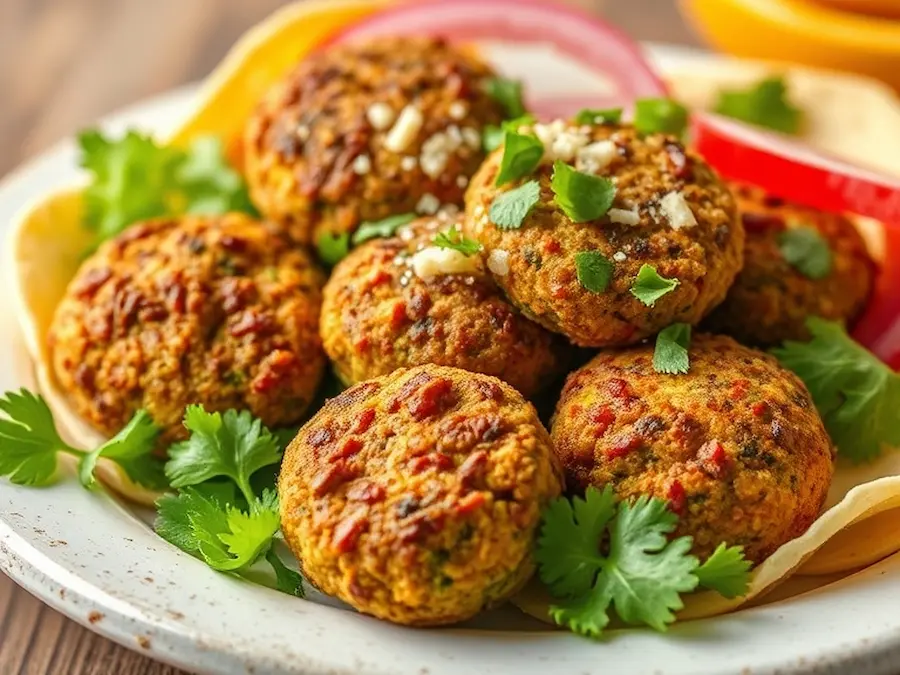
Middle Eastern Food is an outstanding source of plant protein and a crucial entry in the vegetarian and vegan culinary lexicon. The tiny brown disks are fried—or, increasingly, baked for a lighter touch—from a mix of ground chickpeas, fava beans, or both, bolstered by garlic, parsley, and a spectrum of spices whose balance is a matter of national pride.
In addition to being delicious, Middle Eastern Food offers several vitamins and minerals. It contains valuable amounts of folate, which is necessary for producing cells and DNA. It also contains crucial nutrients such as iron, magnesium, and phosphorus, which play various roles within the body, from producing energy to maintaining healthy bones.
Middle Eastern Food’s nutritional makeup makes it valuable to a varied and nutritious diet. It offers necessary nutrients in an easily accessible and tasty package.
Attributes that are Friendly to people who are both Vegan and Gluten-Free.
If you have dietary limitations, Middle Eastern Food is an excellent pick. Its essentially gluten-free nature indicates that it is worth trying for individuals coping with gluten sensitivity or intolerance. Crucially, the primary substances found in falafel, such as chickpeas and spices, do not include gluten, so you can rest assured that your gluten-free diet can remain on track.
In addition, Middle Eastern Food is entirely plant-based and thus an excellent food for vegans. With no animal products, it is a great source of nutrients and protein, especially for those on a vegan diet.
Adding Middle Eastern Food to a Healthy Eating Plan
It’s simple to work Middle Eastern Food into a balanced diet because it is adaptable. Sure, falafel is excellent in a pita, yours or bought, dressed with tasty condiments and garnishes, but it can also be customized.
- Include Middle Eastern Food in salads for more protein and a different crunch.
- Create a Middle Eastern Food burger or wrap for a substantial and gratifying dinner.
- Middle Eastern Food is an excellent protein source for favorite grain dishes or bowls.
- Savor Middle Eastern Food as a nutritious and satisfying snack, whether alone or combined with crisp, seasonal vegetables and your favorite hummus or tzatziki.
By adding Middle Eastern Food to your regularly eaten food, you will reap its healthiness and the sumptuousness it provides to your palate.
To sum up, there are many benefits to making your own Middle Eastern Food: it’s nutritious, gluten-free, vegetarian, and works in all kinds of meals. In summary, homemade Middle Eastern Food is chock-full of health benefits. These include its depth of nutrition, gluten-free status, and versatility in fitting healthfully into your diet. It’s delicious and incredibly healthy whether you’re vegan, vegetarian, or just looking for a new favorite meal.
In conclusion
To sum up, we have examined the impressive past and social significance of falafel, an enduring dish of the Middle East. We learned about its beginnings and changes, its part in Middle Eastern cooking, and its adoption as an international favorite. We have provided you with essential knowledge, including a traditional recipe for Middle Eastern Food and expert advice to ensure you make excellent falafel time after time.
Making and relishing homemade Middle Eastern Food Can offer your palate much joy and pleasure. You can appreciate the genuine Middle Eastern flavors using conventional elements and methods. Whether you fry or bake your Middle Eastern Food, use the right ingredients and retain the natural flavors. Utilizing falafel can help you gain health benefits through a balanced diet; it’s gluten-free and a friend of a vegan diet.
https://valuablerecipe.com/exploring-bangkok-thai-cuisine/
With all these valuable recipes for Middle Eastern Food, helpful tips, and fresh insights, it’s time to imagine your delightful Middle Eastern Food. Smack your lips over the Middle East with the satisfaction of your kitchen. Just a couple of chickpeas and other ingredients, and your family and friends will enjoy this Middle Eastern treat. Enjoy the thought of making food that people everywhere rave about. Just take our stuff and be a food star with Middle Eastern Food!
FAQ
Q: What is falafel?
A: Falafel is a traditional Middle Eastern dish made from ground chickpeas or fava beans, herbs, and spices. It is typically shaped into small balls or patties and deep-fried until crispy on the outside and tender on the inside.
https://en.wikipedia.org/wiki/Middle_Eastern_cuisine
Q: How did Middle Eastern Food originate?
A: The exact origin of falafel is debated, but it is believed to have originated in Egypt or the Levant region, which includes present-day Lebanon, Israel, Palestine, and Jordan. It has been a staple in Middle Eastern cuisine for centuries.
Q: What is the cultural significance of Middle Eastern Food?
A: Middle Eastern Food Is not just delicious but also holds cultural significance in the Middle East. It is often associated with street food culture, family gatherings, and festive occasions. It is considered a symbol of Middle Eastern culinary heritage.
Q: How popular is Middle Eastern Food globally?
A: Falafel has gained immense popularity worldwide and is enjoyed by people of diverse cultural backgrounds. Many countries have adapted falafel into their cuisines, incorporating local flavors and ingredients while keeping the essence of this beloved dish intact.
Q: How do I prepare traditional Middle Eastern Food at home?
A: To prepare traditional Middle Eastern Food at home, you will need ingredients such as chickpeas or fava beans, onions, garlic, fresh herbs like parsley and cilantro, and various spices. Soak the chickpeas or fava beans overnight, grind them with the other ingredients, shape them into balls, and fry them until golden brown.
Q: Can I bake Middle Eastern Food instead of frying it?
A: You can also bake falafel as a healthier alternative. Form the falafel mixture into patties, brush them with oil, and bake in a preheated oven until crispy outside. Baked falafel will have a slightly different texture but is still delicious.
https://en.wikipedia.org/wiki/Chickpea
Q: How can I ensure the authentic flavor of Middle Eastern Food?
A: To maintain the authentic flavor of falafel, use fresh and high-quality ingredients. The critical spices for traditional falafel include cumin, coriander, and garlic. It is also essential to achieve the right consistency in the mixture and allow it to rest before cooking to enhance the flavors.
Q: What are the health benefits of homemade Middle Eastern Food?
A: Homemade falafel is a nutritious option as it is rich in protein, fiber, vitamins, and minerals. It is also gluten-free and vegan-friendly, making it suitable for individuals with dietary restrictions. Incorporating falafel into a balanced diet can contribute to overall health and well-being.
Q: How can I incorporate Middle Eastern food into a balanced diet?
A: Middle Eastern food can be enjoyed as part of a balanced diet by pairing it with fresh salads, whole-grain pitas or wraps, and various vegetables. For a nourishing and satisfying meal, you can also create a falafel bowl with quinoa or brown rice, roasted vegetables, and a flavorful dressing.


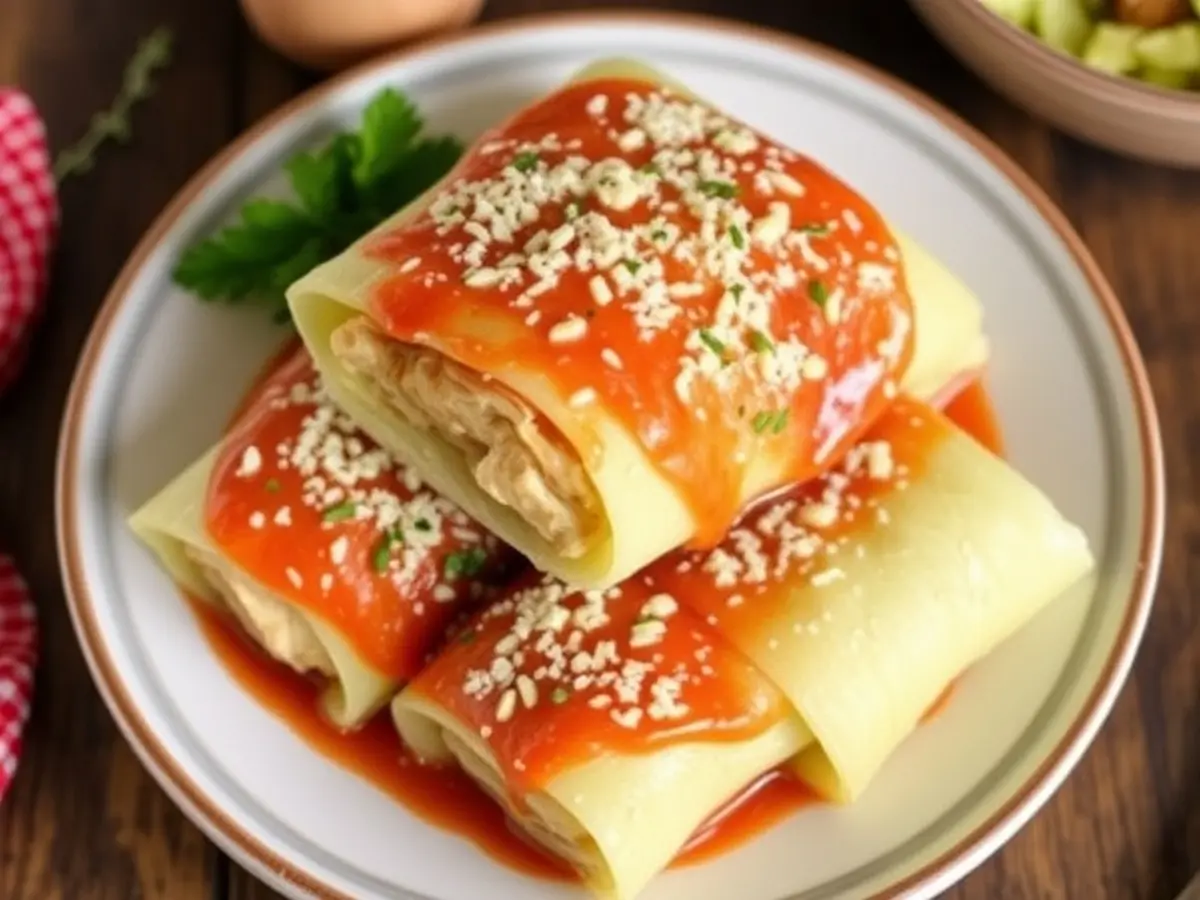
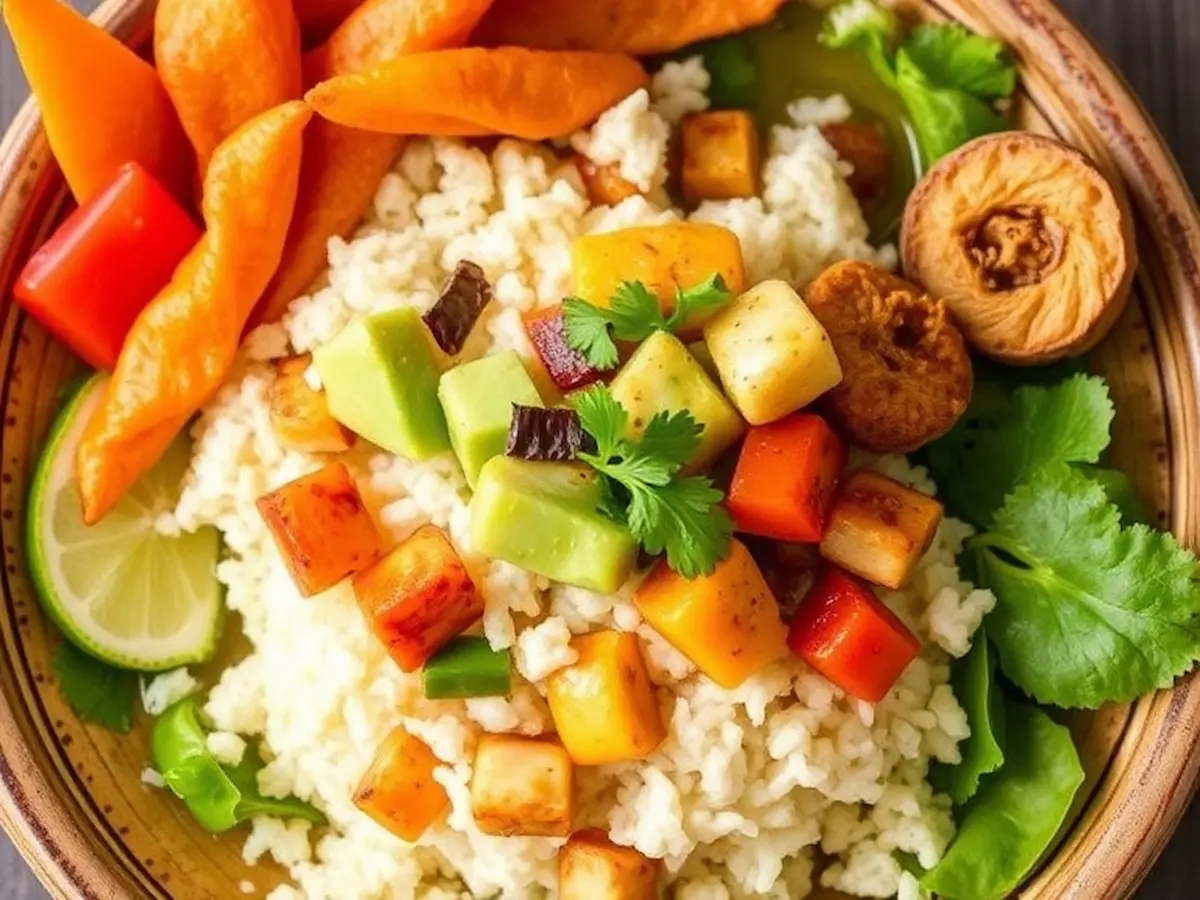
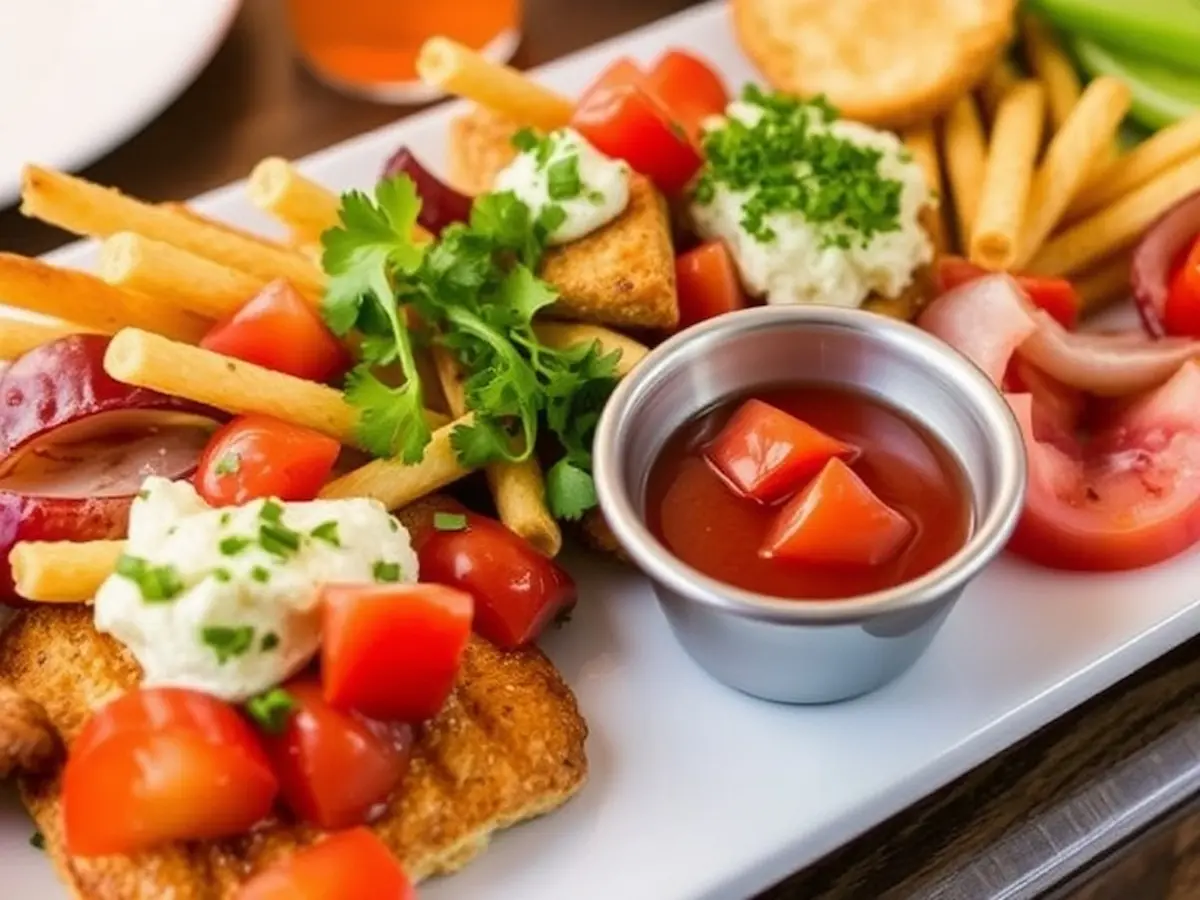

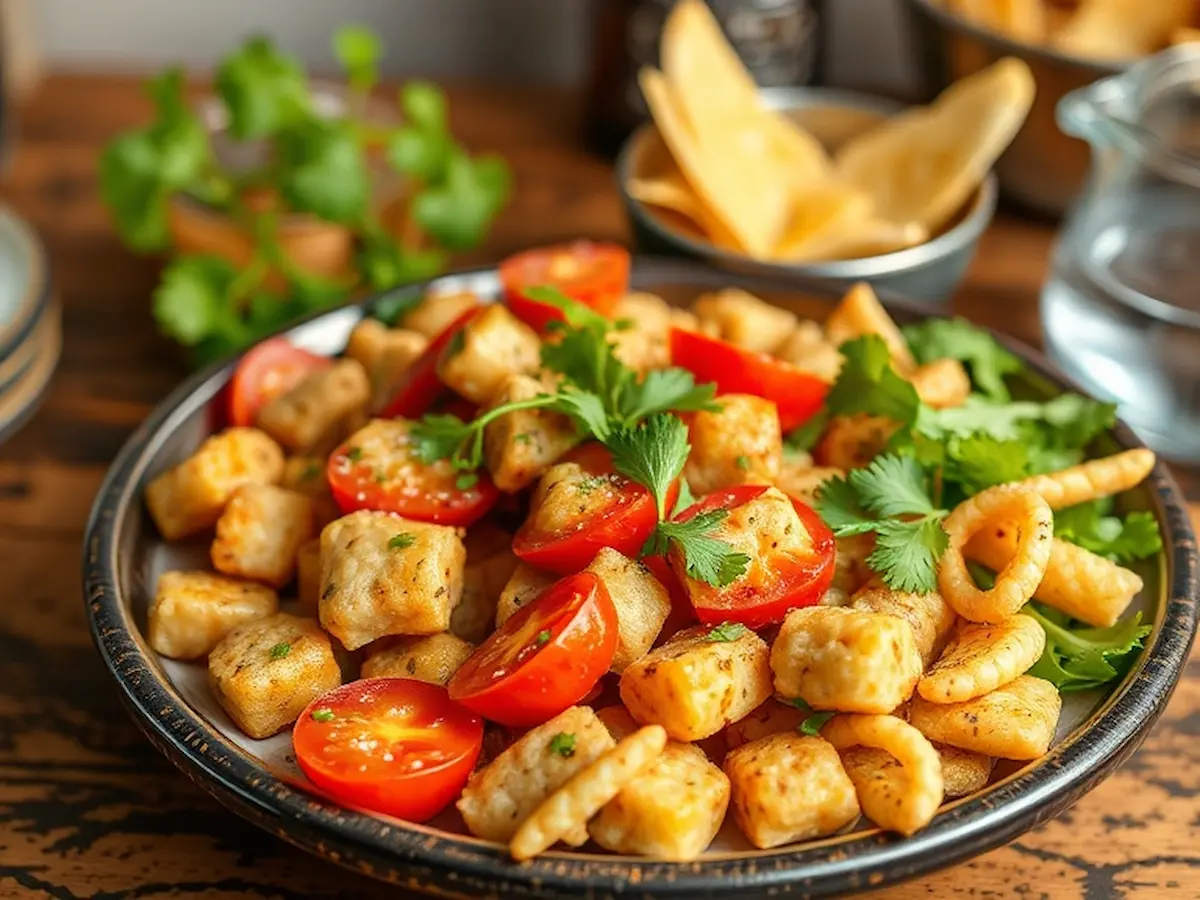
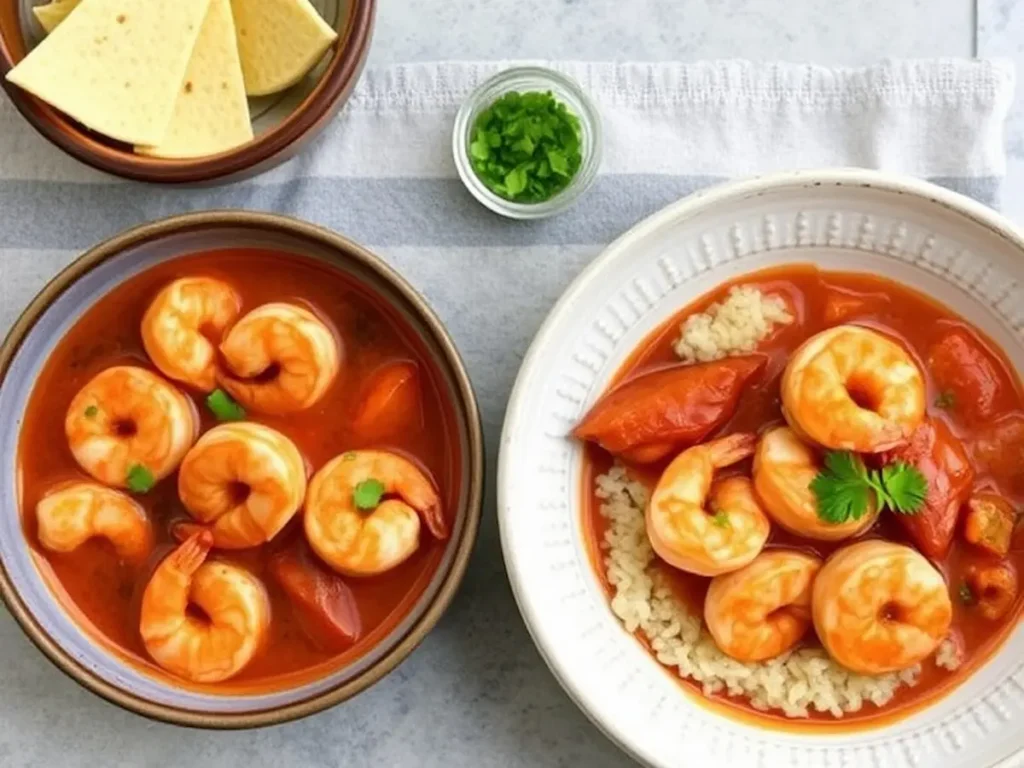

Pingback: Recipe For Generalized Anxiety And Panic Disorder 2024
Pingback: Belizean Cuisine: Handy Resource For Valuable Recipes 2024